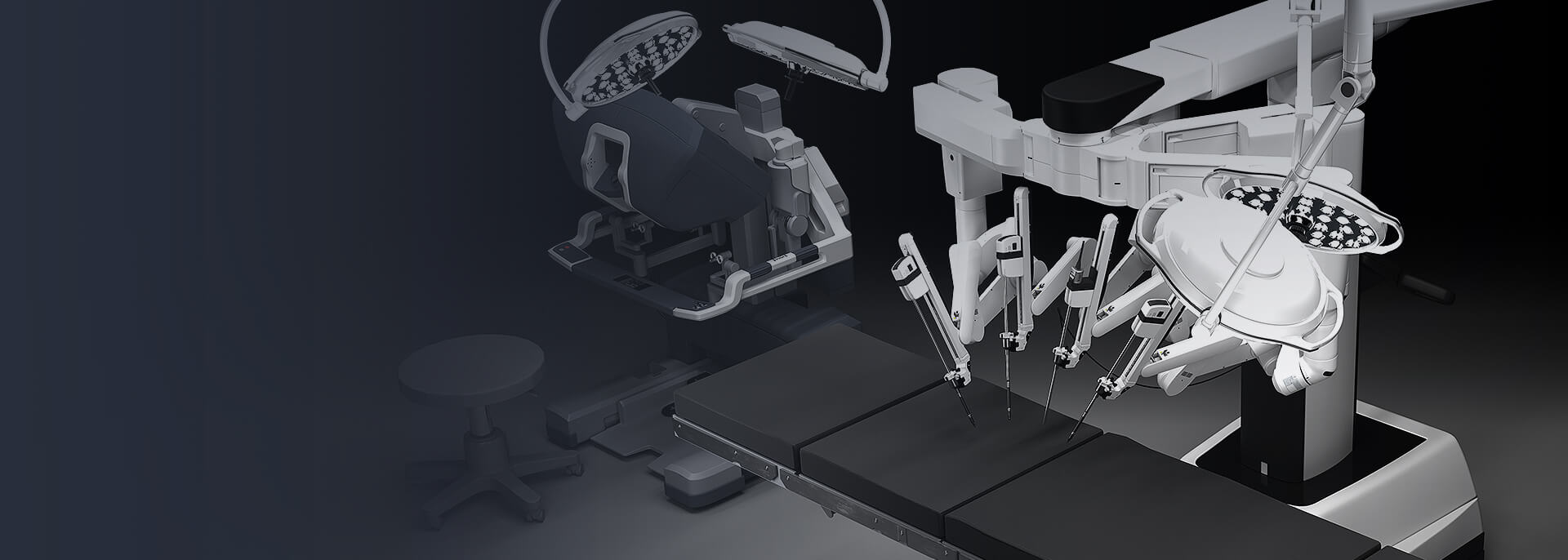Complications of Robotic Surgery
Robotic surgery has risks inherent to the surgery itself as well as some risks unique to the robotic approach. Most of these are rare but still deserve discussion so you can make an informed decision about your surgery.
There are risks to positioning, such as the lungs being unable to tolerate Trendelenburg position (bed tilted with the head towards the floor, feet toward the ceiling). If this case, the robot is removed an open incision made to complete the surgery. Trendelenburg position often causes some temporary swelling of the face since the head was lower than the rest of the body during surgery. Patients may be more prone to rub their eyes while waking up and rarely can scratch the outer surface of the eye (corneal abrasion). Precautions are taken to protect the eyes for this reason.
Being in one position for a long surgery can also cause neurologic side effects like numbness, tingling, weakness or pain in the arms, legs or joints. This is usually temporary but rarely may require further testing or investigation with a neurologist or orthopedic surgeon. Let the anesthesiologist know if you have any arm, leg, joint or back problems or prior surgeries so we can take extra caution positioning this area.
Gaining access inside the body can result in injury to the intestines (guts), blood vessels or surrounding organs. Very rarely, a serious injury can occur and the surgery is emergently converted to an open approach to repair the damage. After a long surgery, sometimes the patient needs to stay on the ventilator (breathing machine) overnight. Rarely, prolonged ventilation or pneumonia ensues. Also rare are cardiovascular events like heart attack, stroke and even death.
It is extremely important to get out of bed and walk as soon as possible after surgery to decrease the risk of forming a blood clot in the leg (Deep Venous Thrombosis or DVT). A blood clot in the leg can travel to the lung (Pulmonary Embolus or PE) and cause difficulty breathing and rarely sudden death. Many patients will be asked to get up and walk the afternoon or evening of surgery.
Lastly, any surgical procedure has inherent risks of infection, bleeding, blood transfusion, need for repeat surgery, recurrence of disease and complications of general anesthesia.
What Are Some Benefits of Robotic Surgery?
Contact us to request an appointment or ask a question. We're here for you.



